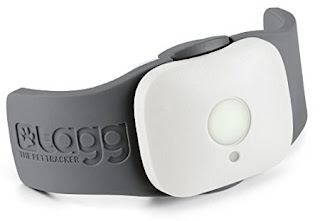Anesthesia in the dog: how it works and how to behave

The general anesthesia applied in veterinary medicine to your dog is different from that applied in human medicine, given that it is performed not only to allow for surgery, but also to cope with all the conditions in which your dog will have to To remain perfectly motionless, such as long and annoying visits or special procedures such as detartrate or dental cleaning. Anesthesia in the dog: all types to know As happens in your medicine, even in a veterinarian there are differences between injecting anesthesia and inhaled anesthesia, so it is good that you know what your dog will meet in case of interventions or other procedures. Injecting anesthesia consists of the administration of substances via the vein or intramuscularly. Inhaled anesthesia involves the use of a facial mask or a tube located in your dog's trachea: anesthetic gas and oxygen will be emitted from this object. It will be up to your veterinarian to decide which type of anesthesi...



